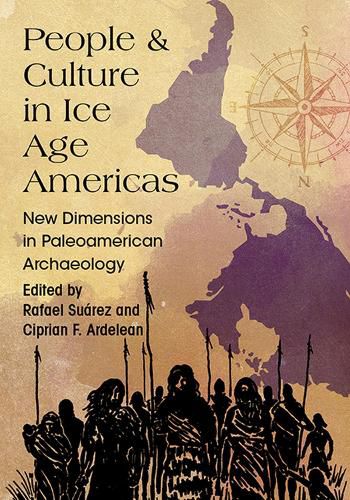Readings Newsletter
Become a Readings Member to make your shopping experience even easier.
Sign in or sign up for free!
You’re not far away from qualifying for FREE standard shipping within Australia
You’ve qualified for FREE standard shipping within Australia
The cart is loading…






This edited volume, which emerged from a symposium organized at the 2014 SAA meeting in Austin, Texas, covers recent Paleoamerican research and site excavations from Patagonia to Canada. Contributors discuss the peopling of the Americas, early American assemblages, lifeways, and regional differences. Many scholars present current data previously unavailable in English. Chapters are organized south to north in an attempt to shake the usual north-centric focus of Pleistocene-Early Holocene archaeological studies and to bring to the forefront the many fascinating discoveries being made in southern latitudes. The diversity of approaches over a large geographic expanse generates discussion that prompts a re-evaluation of predominant paradigms about how the expansion of Homo sapiens in the Western Hemisphere took place. Those who work in Paleoamerican studies will embrace this book for its new data and for its comparative look at the Americas.
$9.00 standard shipping within Australia
FREE standard shipping within Australia for orders over $100.00
Express & International shipping calculated at checkout
This edited volume, which emerged from a symposium organized at the 2014 SAA meeting in Austin, Texas, covers recent Paleoamerican research and site excavations from Patagonia to Canada. Contributors discuss the peopling of the Americas, early American assemblages, lifeways, and regional differences. Many scholars present current data previously unavailable in English. Chapters are organized south to north in an attempt to shake the usual north-centric focus of Pleistocene-Early Holocene archaeological studies and to bring to the forefront the many fascinating discoveries being made in southern latitudes. The diversity of approaches over a large geographic expanse generates discussion that prompts a re-evaluation of predominant paradigms about how the expansion of Homo sapiens in the Western Hemisphere took place. Those who work in Paleoamerican studies will embrace this book for its new data and for its comparative look at the Americas.